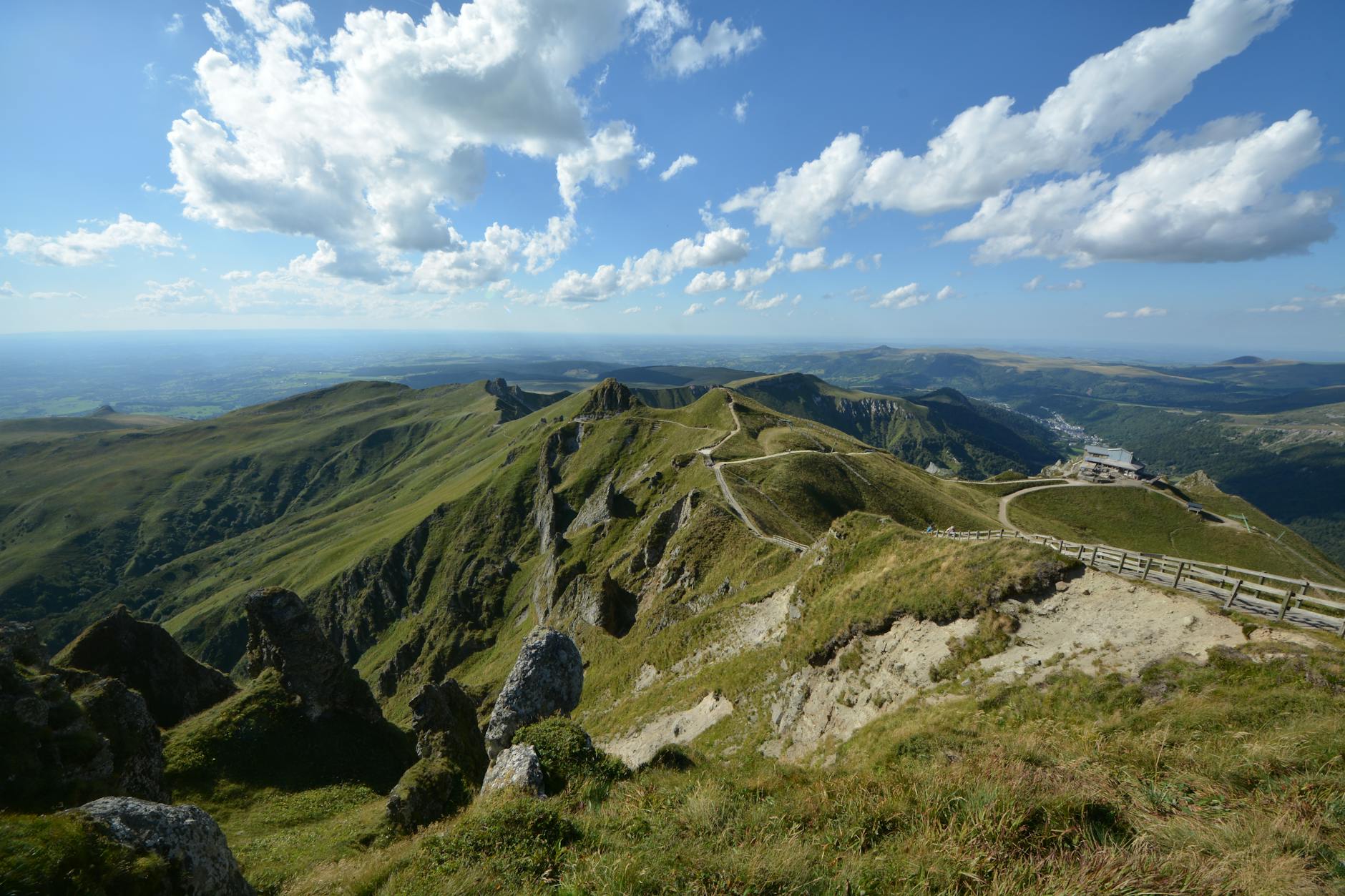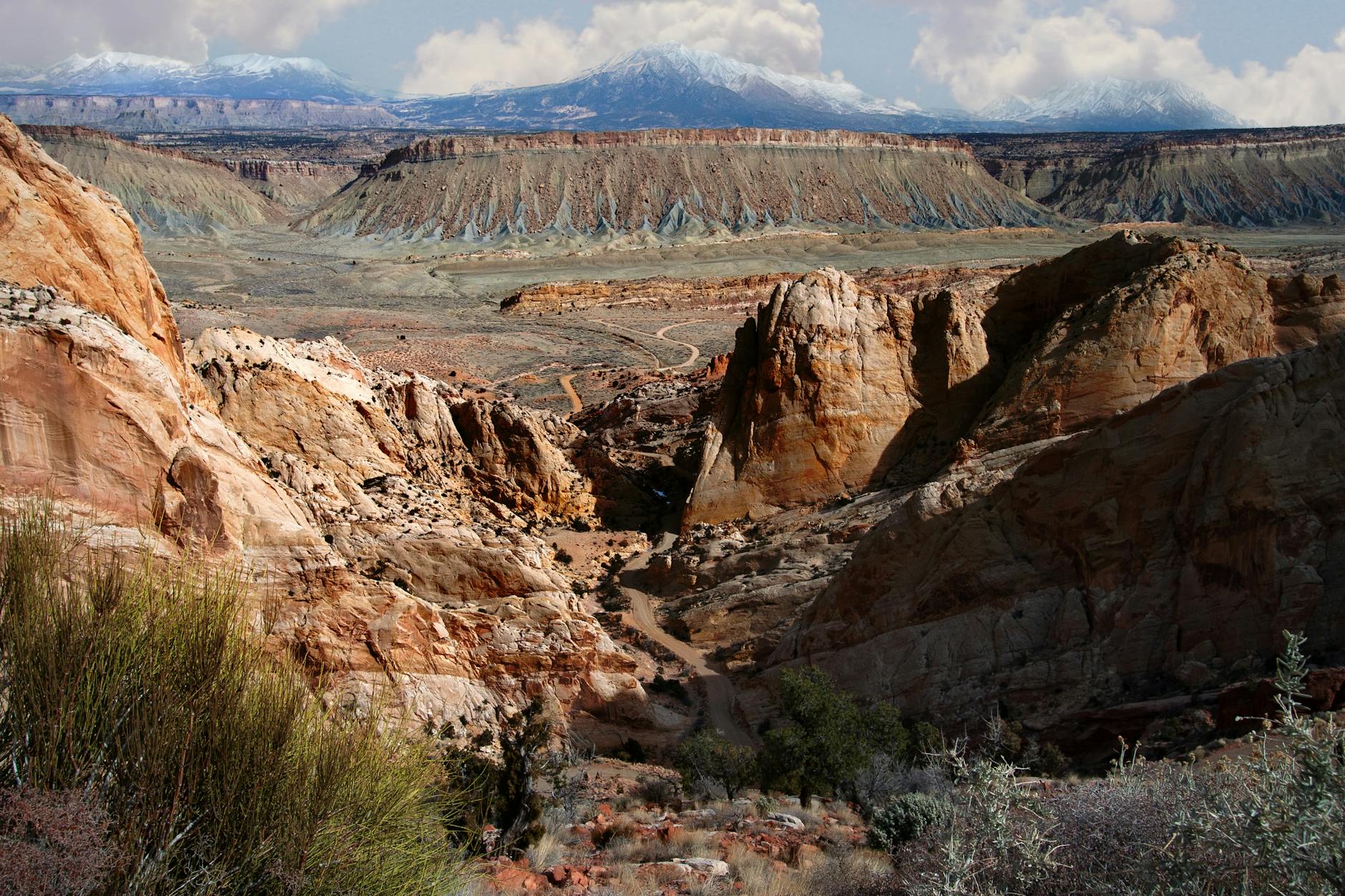Is Traveling from Australia to the Galapagos Islands the Ultimate Educational Experience?

Exploring the Galapagos Ecology
When discussing the rich diversity of the Galapagos Islands, it's hard not to draw parallels to some of our natural wonders back in Australia, like the lush landscapes of the Royal Botanic Gardens in Melbourne. The Galapagos archipelago is a unique biodiversity hotspot that's renowned for its distinct wildlife, making it an intriguing destination for anyone interested in nature. For those considering Galapagos Islands tours, encountering species like the giant tortoise or the iconic blue-footed booby is an opportunity for firsthand study of evolution and adaptation.
In the Galapagos, you'll also discover varying ecosystems ranging from volcanic landscapes to lush forests, each with its own distinct ecological community. This ecological variety allows for a rare chance to learn about the interaction between different habitats and the flora and fauna they support. While exploring these ecosystems, it's crucial to address the importance of conservation efforts within such fragile environments.
The islands face numerous conservation challenges, with local authorities and international organizations working tirelessly to preserve this natural wonder. Rapid human activities and increasing tourism pressure these ecosystems, and measures must be implemented to protect them. Participating in South American tours that focus on sustainable practices can contribute to the ongoing efforts of preserving the islands’ ecological integrity. By approaching your travel responsibly, you ensure that these unique habitats remain vibrant for generations to come.
Planning the Trip
Travel Itinerary Essentials
When planning your journey to explore the biodiversity-rich landscapes of South or Central America, creating a well-structured itinerary is essential for maximizing your experience. You might consider starting with a visit to Machu Picchu, renowned for its archaeological significance and stunning vistas. Opting for Machu Picchu tours can provide valuable insights into its historical context and environmental challenges. On such a tour, you can explore ancient pathways and take in the magnificent Andes mountains.
Another captivating option includes Central American tours. These tours often offer a blend of cultural experiences and nature-focused activities, which can comprise visiting lush rainforests and observing unique wildlife species. Identifying the elements that most appeal to your ecological interests can help in crafting an itinerary that's both enlightening and environmentally responsible.
Keep an eye out for eco-friendly tour guides who emphasize conservation and community support. This approach aligns with sustainable practices, ensuring that your travels contribute positively to local ecosystems. In Melbourne, much like a visit to the Royal Botanic Gardens, you'll find that a deeper understanding of biodiversity can be gained through engaging, educational explorations.
In creating your travel itinerary, balance is key—aim to include a mix of learning opportunities, cultural interactions, and tranquil moments in nature. This composition will not only heighten your appreciation for these regions but also ensure that your travel habits support long-term ecological preservation.
Local Conservation Efforts
Community-based Initiatives
If you're exploring the wonders of South America, you must consider how your travel affects local communities and ecosystems. In many areas, community-based initiatives actively work to protect natural resources while empowering local residents. For example, in Ecuador, indigenous communities play a crucial role in conservation projects, offering insights and traditional knowledge to manage and protect their lands sustainably.
Support for Eco-tourism
Eco-tourism is a vital part of sustainable travel, especially in biodiverse regions. These tours often emphasise minimal environmental impact and educate visitors on local ecology and conservation needs. When choosing Central America tours, look for operators who prioritise eco-friendly practices, as this supports the local economy while safeguarding natural habitats. This is akin to the educational exhibits at the Melbourne Museum, where learning and preservation go hand in hand.
Participating in Volunteer Projects
For a more hands-on approach, consider joining volunteer projects during your South America travel. These projects can range from reforestation efforts to wildlife conservation, allowing you to contribute meaningfully to the environment. As you engage in these activities, you gain not only geographical insights but also cultural understanding, similar to the enriching experiences offered at educational landmarks like the State Library Victoria. Participating in such initiatives can transform your travel experience into a learning adventure, leaving a lasting positive impact on the communities and ecosystems you visit.
Practical Travel Considerations
Preparing for the Climate
Understanding the climate is crucial when planning for a South America holidays. The continent spans a wide latitude, resulting in diverse climates ranging from the tropical heat of the Amazon to the frigid peaks of the Andes. It’s not uncommon for travellers to experience a variety of weather conditions in a single trip. Pack strategically, layering light, breathable fabrics to manage heat, and including warmer clothes for higher altitudes or cooler evenings.
Navigating Entry Requirements
Navigating entry requirements for South American countries can be complex. Many nations have specific visa regulations that vary depending on your nationality. It’s important to research individual country requirements as early as possible, as some visas may take time to process. In addition, make sure your vaccinations are up to date, especially for regions where diseases like yellow fever are present. Organising these documents in advance will help ensure a smoother journey.
Packing for a Sustainable Journey
For environmentally-conscious travellers, packing mindfully is key. Consider including reusable items like water bottles, utensils, and cloth bags to minimise single-use plastic waste. Additionally, opt for eco-friendly toiletries and biodegradable soaps to lessen your impact on fragile ecosystems. With a little effort in packing, you can contribute positively to the regions you explore while being well-prepared for the myriad experiences that South America offers.
Action Steps for Eco-Conscious Travellers
Selecting Sustainable Experiences
As we think about our actions during travel, it’s crucial to focus on choosing responsible activities that align with the preservation of unique ecosystems like those you've studied at the Royal Botanic Gardens. Engage in tours and experiences that put emphasis on sustainability and education. Look for operators who employ naturalist guides, ensuring a learning experience that echoes an educational visit to the Melbourne Museum. With the right guidance, your excursions can support conservation efforts and enhance your understanding of this extraordinary environment.
Reducing Your Ecological Footprint
One of the most significant ways you can help preserve the pristine habitats of the Galapagos is by minimizing your environmental impact. Similar to how we’re encouraged at the State Library Victoria to bring reusable items, adopt practices like carrying a reusable water bottle and avoiding single-use plastics during your journey. This simple change reduces waste and helps maintain the islands' natural beauty. Be mindful of your energy and water consumption, reflecting habits you might already practice at home to embrace a more sustainable lifestyle.
Empowering Galapagos Communities
Supporting local communities is an essential component of eco-conscious traveling. Consider purchasing locally-made crafts and goods, providing economic benefits directly to the hands of residents. Participating in community-based programs not only enriches your travel experience but also contributes to sustainable development. By making informed choices, you positively influence the preservation of the Galapagos, ensuring future generations also get the opportunity to learn and be inspired by its wonders.


